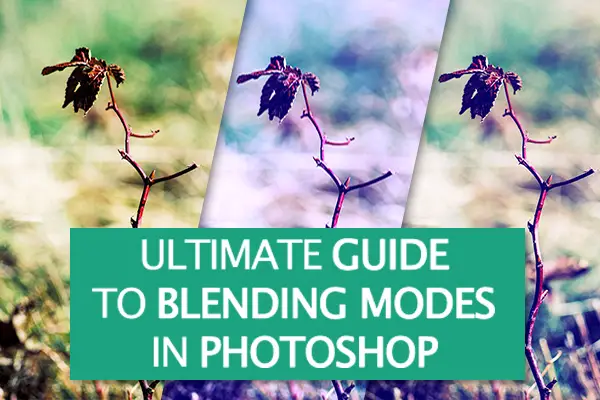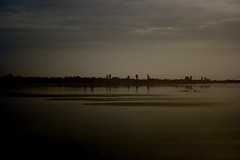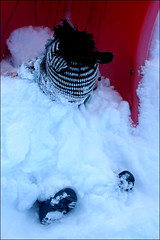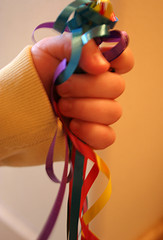If you’re a portrait photographer perhaps you’ve found yourself in the position of carrying bulky, heavy gear around. That’s unnecessary though. With these 4 easy tips you’ll be able to get the best results at your next portrait session without the hassle and the back pain afterwards.
These tips also help you save a fair amount of money that you can spend elsewhere (Perhaps on the 4k$ Zeiss Otus 85mm?) Just kidding, unless you’re rich you won’t be able to afford the Zeiss anyways…
… Continue reading 4 Killer Tips To Nail Your Next Portrait Shoot



 Time for lesson number two in our DSLR 101 series! Our topic today? You may have heard of it, it’s a little thing called ISO.
Time for lesson number two in our DSLR 101 series! Our topic today? You may have heard of it, it’s a little thing called ISO. Yes, it’s almost Christmas and yes, there’s the tree to decorate, and those holiday cards aren’t going to print themselves, and you really should untangle those strings of lights. But winter isn’t just about Christmas so if you feel like taking a break from Santa and his friends here are a few tips for capturing some non-Christmas winter snaps.
Yes, it’s almost Christmas and yes, there’s the tree to decorate, and those holiday cards aren’t going to print themselves, and you really should untangle those strings of lights. But winter isn’t just about Christmas so if you feel like taking a break from Santa and his friends here are a few tips for capturing some non-Christmas winter snaps.
 We celebrated a 6th birthday here recently and, of course, one of the aims of the day was to get some nice photographs. But how does one go about getting good birthday photos? Well, here free of charge, are ten tips for you:
We celebrated a 6th birthday here recently and, of course, one of the aims of the day was to get some nice photographs. But how does one go about getting good birthday photos? Well, here free of charge, are ten tips for you: Summer is officially here and for now, here at least, the rain has stopped, the kids are out of school, and families are getting ready to go on holiday. Whether you want to get some summer fun photos of your kids, capture memories of your romantic holiday in Rome, or just get out and photography the landscape lighting is one of the most important things to get right and can be particularly tricky in summer. Bright light can cause all sorts of problems from glare to underexposure to squinting subjects in your portrait photos. Here are some tips to help you avoid those problems:
Summer is officially here and for now, here at least, the rain has stopped, the kids are out of school, and families are getting ready to go on holiday. Whether you want to get some summer fun photos of your kids, capture memories of your romantic holiday in Rome, or just get out and photography the landscape lighting is one of the most important things to get right and can be particularly tricky in summer. Bright light can cause all sorts of problems from glare to underexposure to squinting subjects in your portrait photos. Here are some tips to help you avoid those problems:






